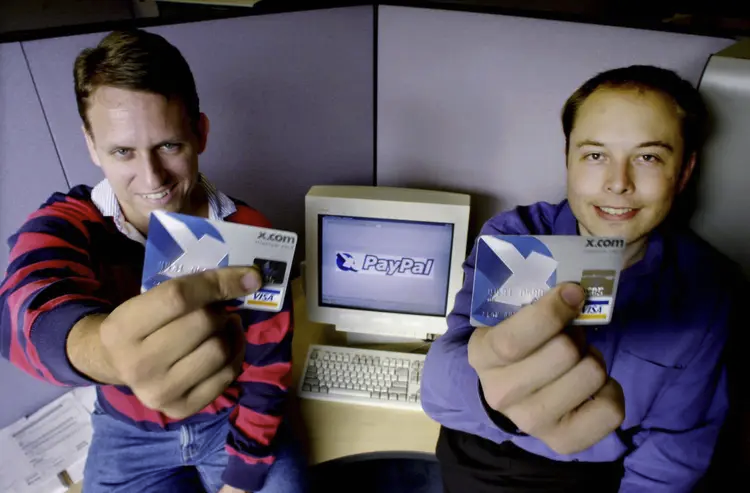
Me and @Iseravi1 are starting to work through the VAERS data and pipeline to figure out what can be reliably known. ⚡🧵twitter.com/i/spaces/1PlKQ…
Will start by parsing the resources posted here by kind passers by
https://twitter.com/alexandrosM/status/1417878756920758272?s=20
So, first contribution here by @gui_8731, an analysis of the first 250 cases entered in the system, showing that 72% of the submissions were made by health sevice and pharma employees, which lends credence at least to that early data -
https://twitter.com/gui_8731/status/1417886900812144641?s=20
Starting by looking at this thread
https://twitter.com/ISinICaraI/status/1417900069442002946?s=19
OK, turns out spaces and thread making do not mix 🤔. Nevermind! Will start a legit thread when I know a bit more about what I'm talking about.
• • •
Missing some Tweet in this thread? You can try to
force a refresh












